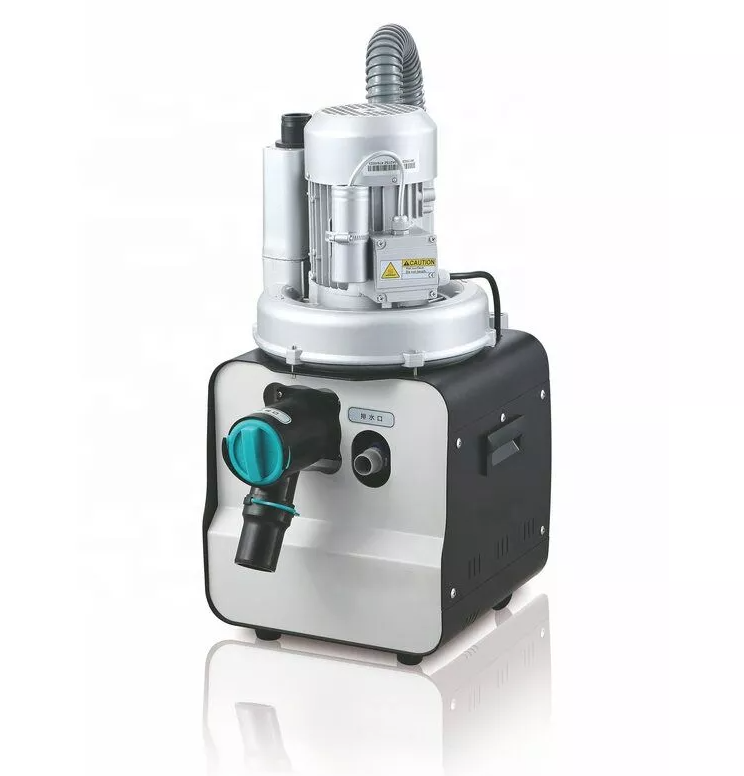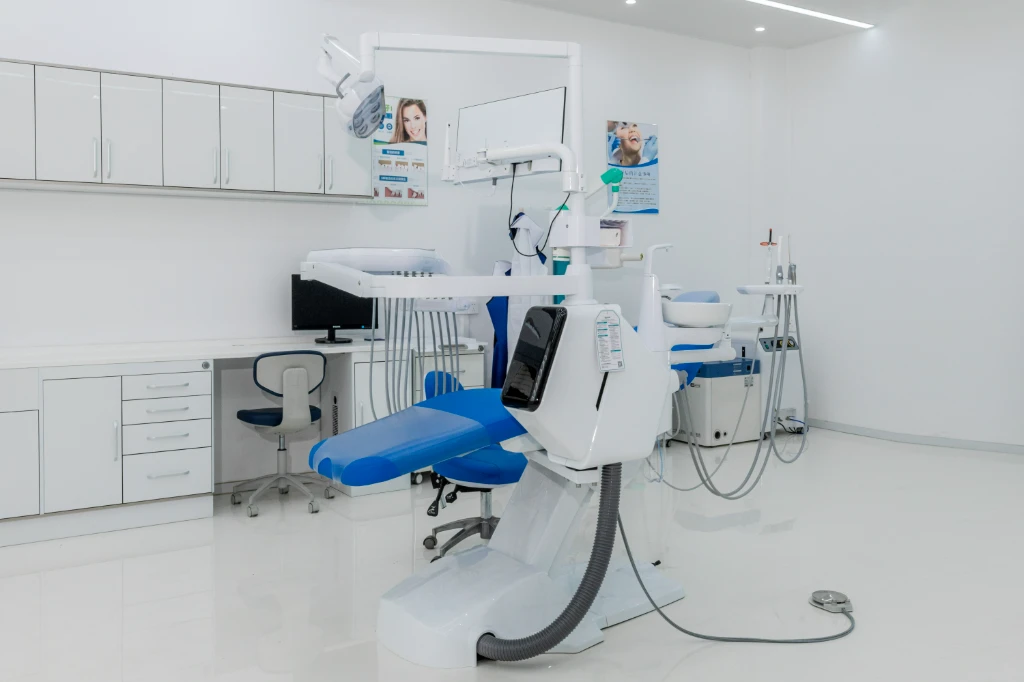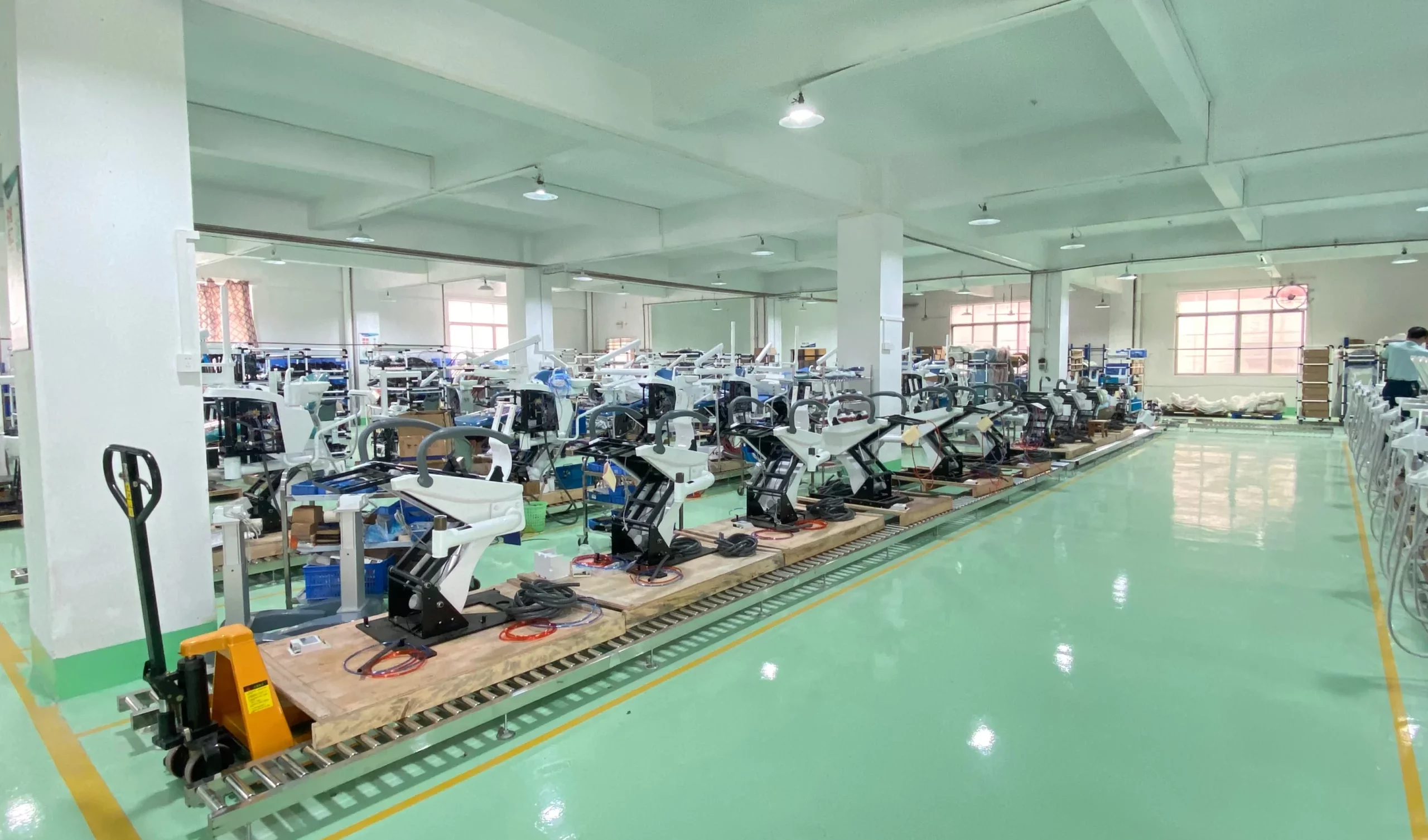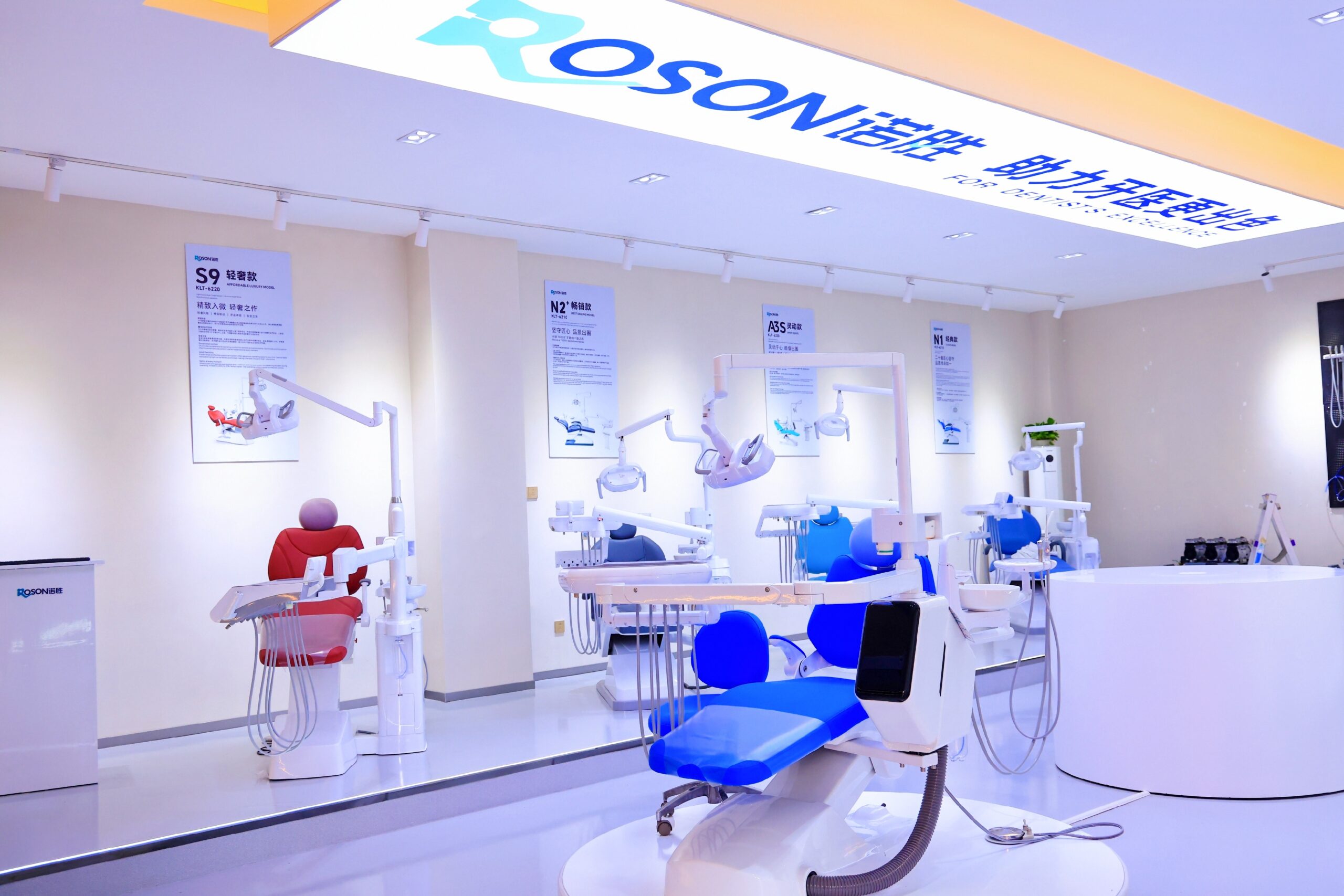Background: What Is The Cross-Infection?
Cross-infection is the transfer of microorganisms from one person to another. It can be spread through direct contact, indirect contact, or airborne transmission. In dentistry, cross-infection is a concern because the mouth and throat are home to millions of bacteria, viruses, and fungi that cause disease in humans.
Cross-infection in a dental practice can occur due to many reasons such as improper use of sterilization equipment, poor hand hygiene, lack of disinfection or cleaning equipment, etc.
A study published in the journal “Clinical Microbiology Reviews” found that a higher-quality dental suction system can reduce hospital-acquired infections.
The study showed that when using a high-quality dental suction unit, bacteria were removed from the airway at a higher rate than with a standard unit. This means that there is less chance of bacteria being spread to other patients and staff at the practice.
What Is The Dental Suction System?
The dental suction system is a device that aids in providing a source of negative pressure for drawing fluids and debris from the mouth. It consists of a pump and tubing, a mouthpiece (known as a bite block), and a valve. The suction can be used to reduce bleeding from oral surgery and clean the area before dental procedures.
The suction device consists of 4 main parts:
- Pump:
A pump with a foot pedal controls the amount of pressure applied when using the device. The pump delivers air into the tubing, creating negative pressure within your mouth; this pulls any fluids or food particles out through your throat or esophagus into an attached collection bag.
- Tube:
The tube connects your mouthpiece (bite block) to your collection bag. In that way, any fluids or particles removed from within your mouth may be deposited there. So it will not spill onto your clothing or bedding while being transported.
- Mouthpiece (bite block):
This part of the dental suction system closes off the patient’s upper and lower lips, cheeks, and tongue to create an airtight seal. It also prevents saliva from entering the tubing. The bite block may be made of rubber or plastic material with holes that allow air to pass through while providing support for teeth during treatment.
- Valve:
A valve is located on the end of the tubing that connects to your patient’s mouthpiece. This is where you attach suction tubing from your pump so no suction can escape from this point in the line. The valve can be either a one-way valve or a two-way valve depending on how much suction you need to apply.
Why Do Dentists Use The Dental Suction System?
The dental suction system is an important part of most dental procedures. What can the dental suction system help dentists do to reduce the risk of cross-infection?
If you are a dentist, you will be very aware that there are many microorganisms in the mouth, on the teeth, and in the saliva. These microorganisms include viruses and bacteria. If we don’t remove them from our patients’ mouths (suction), they can be spread to other patients through droplets of saliva or by direct contact with infected instruments.
So you need a dental suction system to help clean up excess objects in the patient’s mouth. Thereby reducing the risk of cross-infection.
What can the dental suction system help dentists do to reduce the risk of cross-infection?
Keep instruments sterile:
The suction system helps to keep instruments sterile. Without it, doctors would have to constantly rinse their hands and instruments before using them on patients.
It is worth mentioning that some suction systems can also be self-cleaning. For example, Roson’s dental suction system can automatically drain and clean. Its high-speed ratio can directly crush fine particles. This reduces the maintenance costs it requires.

Clean up excess objects:
The suction system is often used during anesthesia to help eliminate saliva during surgery or to clear the airway during intubation. It may also be used during endodontic procedures such as root canal treatment to aid in cleaning out debris from inside the root canal system.
Roson’s system innovation uses a two-stage separation system. This system has a higher foam tolerance and can ensure air is out without water. This avoids damage to the pump.
Furthermore, this system does not require the installation of a separate system. Because its separation system and vacuum pump are connected in the same central drive shaft. This keeps the air and liquid separate in the small room. Such a design reduces the cost of other systems.
Minimize contact with saliva:
Saliva is very rich in bacteria, which can lead to infection if it enters an open wound or cuts your skin. The dental suction system reduces the amount of saliva that comes into contact with your mouth, which means you reduce your risk of getting an infection from it.
Roson’s dental suction system uses an F-class insulated motor as the power to achieve eddy current circulation suction. This system operates with less noise and produces greater flow. So, you don’t have to worry about it making a lot of noise during the treatment.
Final Words:
Cross-infection is an important concern in hospitals and clinics, and everyone needs to be careful. A more professional and mature dental clinic needs to create a safe and healthy clinic environment for medical staff and patients. Therefore, a better dental suction system is essential.
A dental suction system cannot eliminate cross-contamination. But it can create a cleaner, sterile work environment for both operators and patients during treatment. This will help reduce the risk of cross-infection.
Roson’s dental suction system is a better choice for professional dental clinics. As a dental equipment manufacturing company with nearly 20 years of production experience, Roson knows how to provide better services for dentists and patients.









